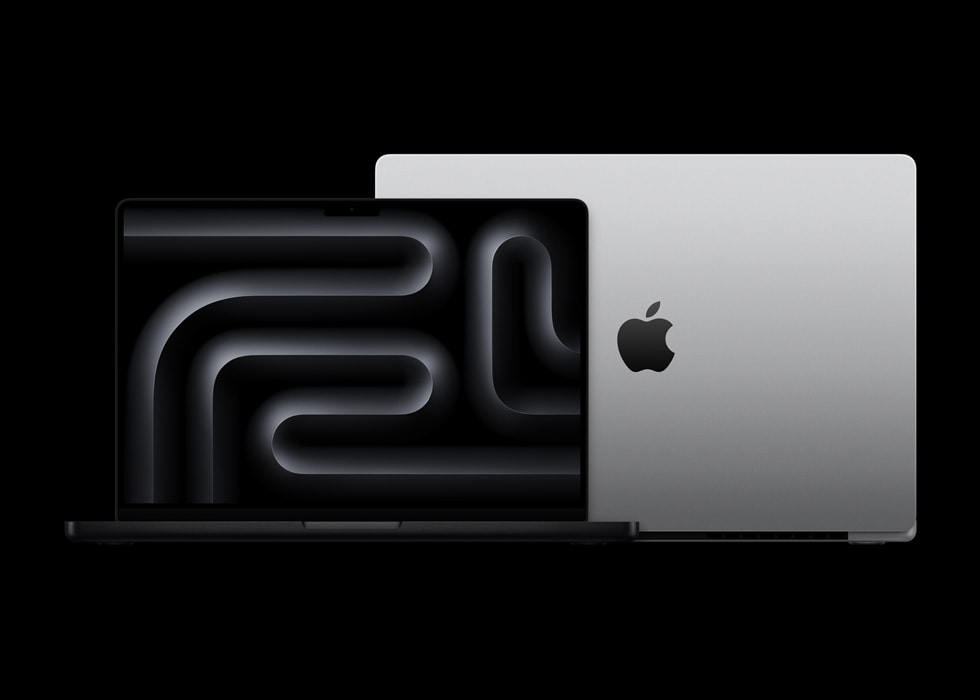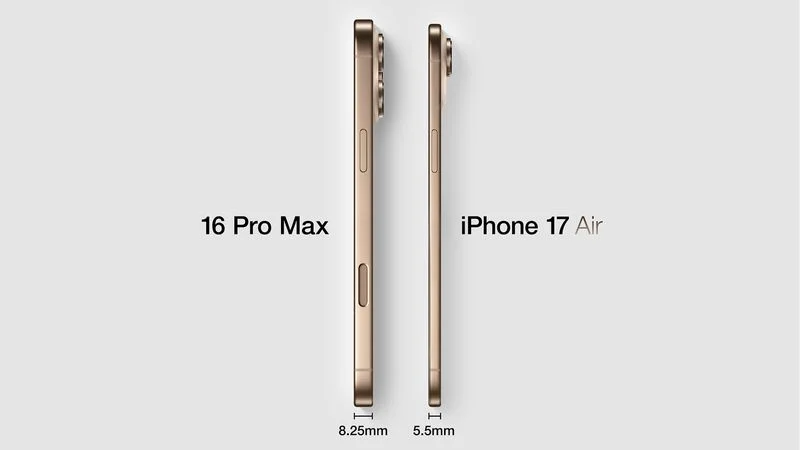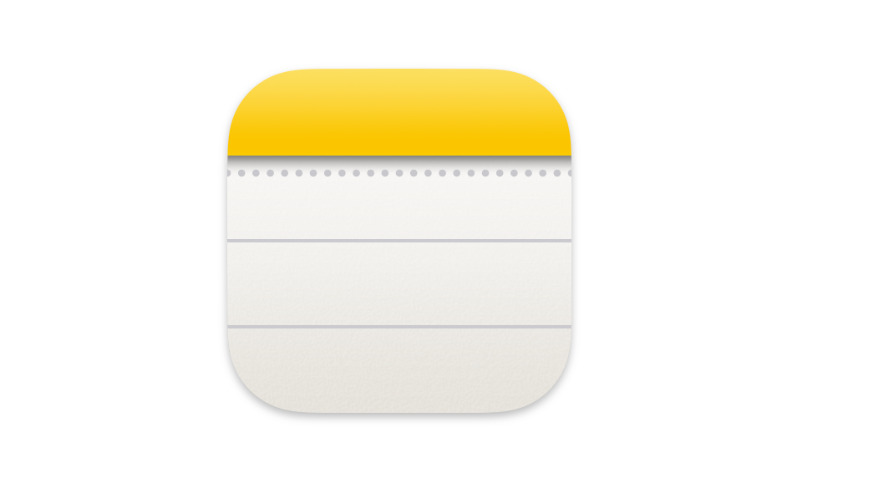Apple is gearing up to give iPhones, iPads, and Macs a major makeover with iOS 19, iPadOS 19, and macOS 16, according to Bloomberg. This update, coming later in 2025, promises to shake up how these devices look and feel, making them work together more smoothly.
The company plans to refresh icons, menus, apps, windows, and buttons with a simpler, cleaner style. Navigating your device should also become easier. These updates are said to be much more than just a new coat of paint—they’ll bring the biggest change to iOS since iOS 7 and to macOS since Big Sur.
The new design takes some inspiration from visionOS, the system used in Apple’s Vision Pro headset. Think rounded app icons, see-through effects, and a touch of 3D flair—but it’s not an exact copy. Apple hopes this fresh vibe will spark excitement for its latest gadgets and shift focus from delays in its Apple Intelligence Siri upgrades.
We’ll get our first peek at this revamp during the Worldwide Developers Conference in June 2025. After that, it’ll be tested for a few months before rolling out to everyone in the fall. Rumors of this big redesign have popped up three times now. Sources say iOS 19 will borrow some ideas from visionOS, like a simpler layout and translucent touches. The Israeli site The Verifier first hinted at this shift, though it thought it’d come with iOS 18—seems they got the details right but the timing wrong.
Tech insider Jon Prosser also chimed in, showing off a redesigned Camera app with see-through menus in a YouTube video. He thinks these changes might spread to the Home Screen and beyond. Bloomberg’s Mark Gurman backed this up, saying the update will unify Apple’s systems with a fresh, easy-to-use look.
One big question remains: Will iPhone app icons go fully round like visionOS, or stick with their current shape? Gurman didn’t confirm either way. Still, expect iOS 19 to feel lighter and more modern if these rumors hold true. Mark your calendars for WWDC 2025 in June for the official reveal!








